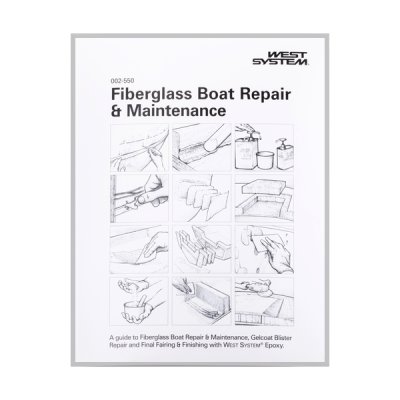Lou_tribal
Guru
Hello fellows,
Was wondering if anybody would have any hint about drilling/grinding fiberglass/epoxy?
1. I have a crack in my fiberglass bow pulpit, I want to grind it and fill it with epoxy and fiberglass strands. What kind of disk to use to grind cleanly the crack?
2. I am redoing my anchor capstan fixation. My plan is to drill oversized fixation holes, fill them with thickened epoxy and drill proper holes through the epoxy. I already drilled through epoxy but was wondering about any tip for clean hole, like drill slow vs drill fast etc.
L
Was wondering if anybody would have any hint about drilling/grinding fiberglass/epoxy?
1. I have a crack in my fiberglass bow pulpit, I want to grind it and fill it with epoxy and fiberglass strands. What kind of disk to use to grind cleanly the crack?
2. I am redoing my anchor capstan fixation. My plan is to drill oversized fixation holes, fill them with thickened epoxy and drill proper holes through the epoxy. I already drilled through epoxy but was wondering about any tip for clean hole, like drill slow vs drill fast etc.
L

